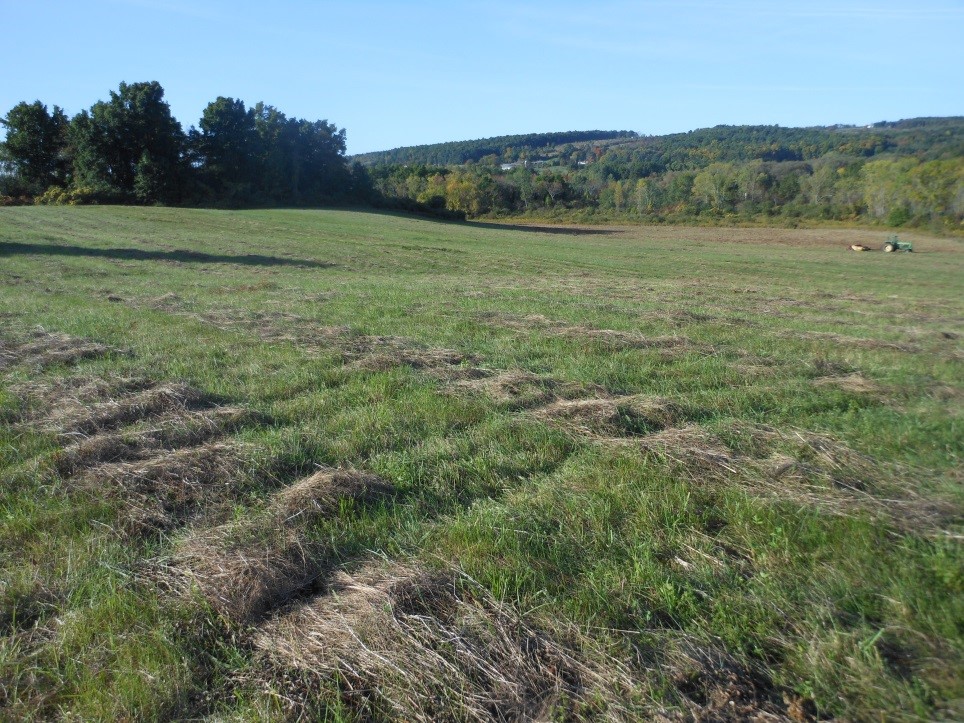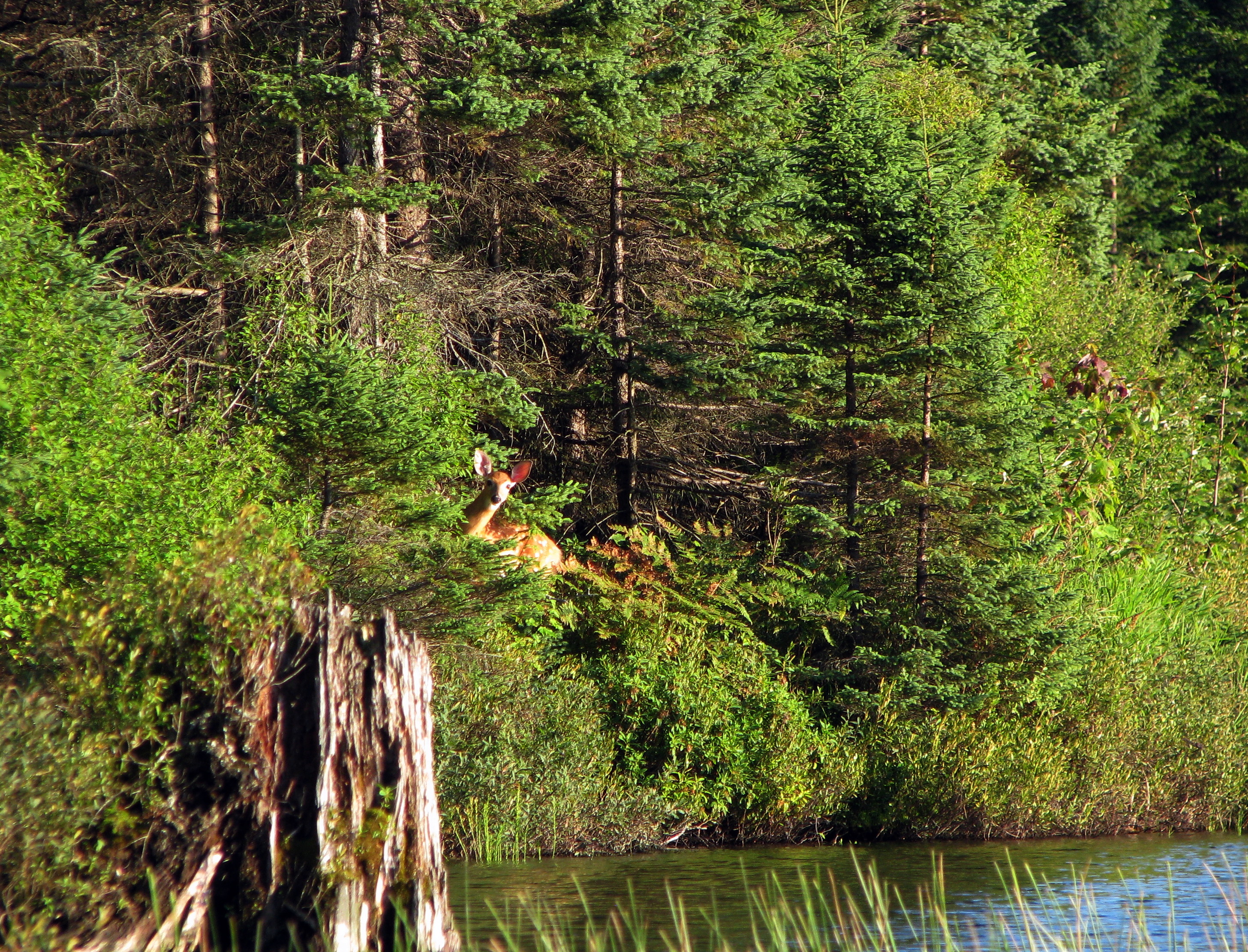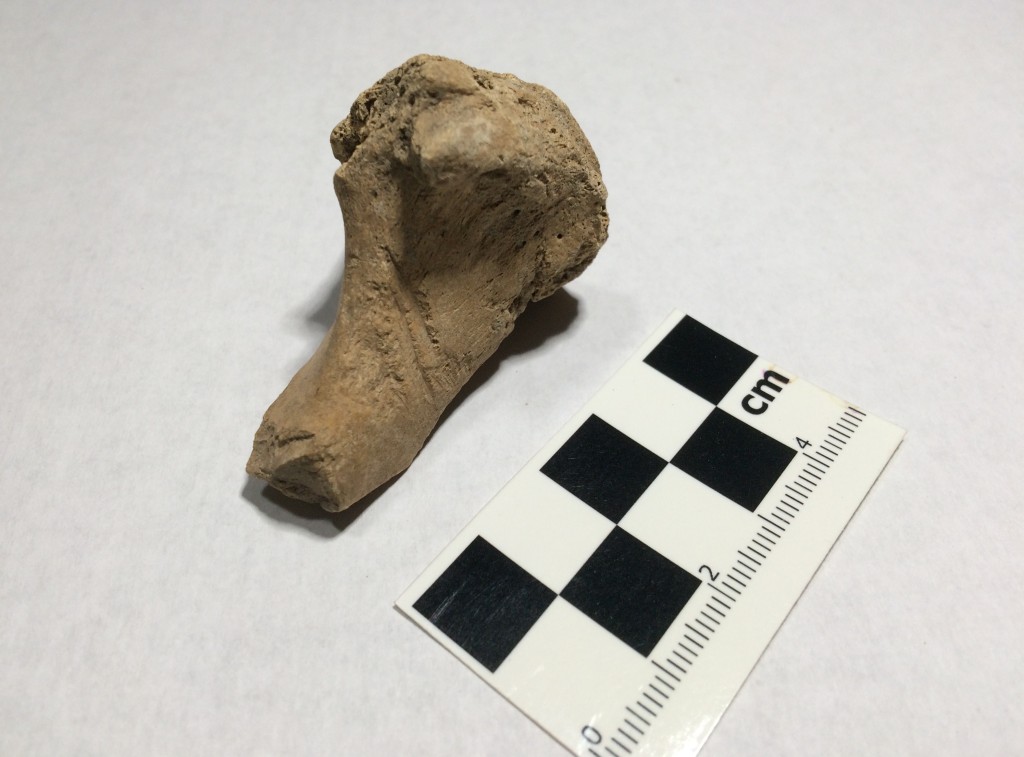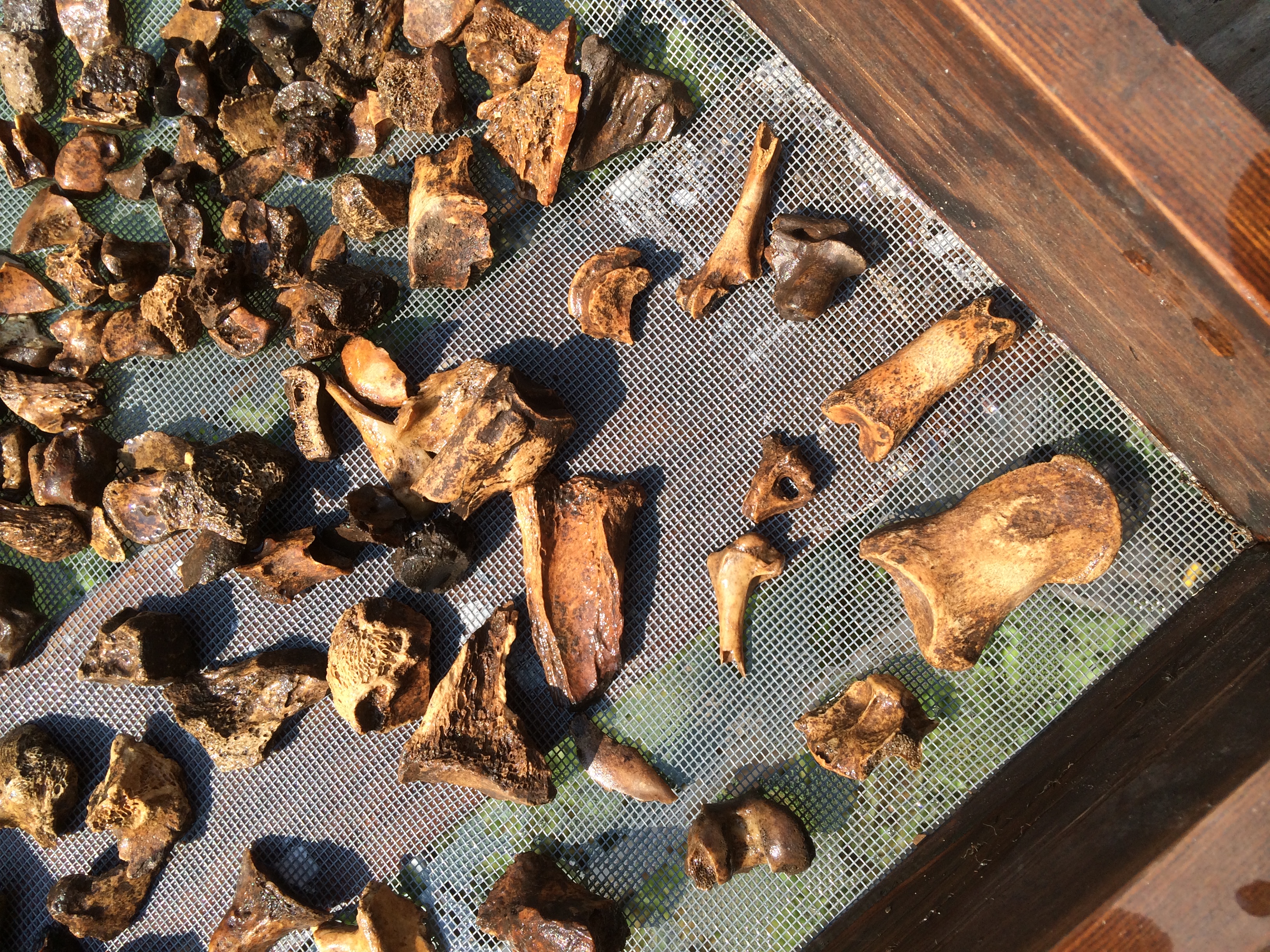Man going fishing at Lamoka Lake accidentally backs his truck into the water, wife gets the video, news report follows: Fishing trip gone wrong for Tioga County fire chief
Category: Lamoka Lake
The Lamoka Power Corporation
Local historian Vinnie Nykiel gave a talk on hydroelectric power in the Lamoka Valley on June 17.
In the early twentieth century, there was an ambitious plan to dam the entire valley (which would have flooded a vast area, including the Lamoka Lake archaeological site).
A preview of his talk to the Town of Wayne History Group is at the Corning Leader.
Deer Tibia with Cut/Chop Marks from Lamoka Lake
Maintaining the Lamoka Lake Site
Protecting archaeological sites that have been preserved by the Archaeological Conservancy requires regular inspection and maintenance. The Lamoka Lake site is still mowed seasonally, as it has been for years. See their website for more on how they maintain their other New York sites.

The Archaic Lamoka Lake Poster

The New York Archaeological Council (NYAC) publishes a poster for Archaeology Season (formerly Archaeology Month) every year. In 2008, the Lamoka Lake site (and the Lamoka Life Group diorama from the New York State Museum) were featured. Check out the (never before seen?) photo of William Ritchie excavating at the site in 1962.
Astragali from Lamoka Lake
Argillite Point from Lamoka Lake
The first interesting find isn’t an animal bone. This argillite projectile point was mistakenly put in with the animal bones in the field. It’s unusual to find argillite tools at the Lamoka Lake site – most of the Lamoka points at the site are made from Onondaga chert. In the original excavations in the 1920s, however, William Ritchie did identify a single biface made from argillite which, he said, was identical to the argillite found in New Jersey.

LL.1990.93.1
This point is similar to Lackawaxen points found in the northeast, especially in Pennsylvania, that also date to the Late Archaic period. Compare it with these Lackawaxen points excavated from a CRM project in Philadelphia.
Lamoka Animal Bones 1991
Have Deer Gotten Smaller Since the Archaic?

The average white-tailed deer killed during the Late Archaic at Lamoka Lake weighed 77 kg, or 170 pounds.
That’s the estimate derived from measuring the astragalus, a bone in the lower leg of white-tailed deer. By the Late Woodland to Protohistoric Period in New York, deer found at the Engelbert Site averaged 64.5 kg, or 142 pounds.
How big was the largest identified deer at Lamoka Lake? Over 155 kg, or 342 pounds.
To learn how these weight estimates were derived, and learn more about deer body size, get the paper:
More Details of the Lamoka Diorama
 Here’s a photo showing part of the interior of the house in the Lamoka diorama at the New York State Museum. The lodge itself is based on Ritchie’s interpretation of the numerous post molds and features he described as floors at the site, as detailed in his book The Archaeology of New York State. The contents of the interior of the lodge are more speculative. Some items are based on actual artifacts found at the site, like the antlers seen hanging from one of the wooden supports. Others are undoubtedly inferred from more recent Native Americans, ethnographic hunter-gatherers, and other archaeological evidence. The textiles in particular are beautifully done.
Here’s a photo showing part of the interior of the house in the Lamoka diorama at the New York State Museum. The lodge itself is based on Ritchie’s interpretation of the numerous post molds and features he described as floors at the site, as detailed in his book The Archaeology of New York State. The contents of the interior of the lodge are more speculative. Some items are based on actual artifacts found at the site, like the antlers seen hanging from one of the wooden supports. Others are undoubtedly inferred from more recent Native Americans, ethnographic hunter-gatherers, and other archaeological evidence. The textiles in particular are beautifully done.
Especially interesting is the bow seen hanging on the left side of the photo. Most archaeologists would probably doubt that bows and arrows were used during the Late Archaic in New York. Instead, atlatls (spear throwers) are considered the primary projectile weapon of the time (although bannerstones/atlatl weights are rare to nonexistent at Lamoka). The issue is unresolved however, and several archaeologists have argued for the presence of bows and arrows by this time period (see, for example, Evidence for Bow and Arrow Use in the Small Point Late Archaic of Southwestern Ontario
by Kristen Snarey and Christopher Ellis).



